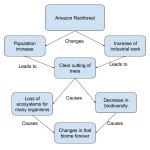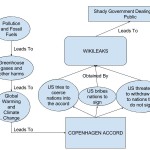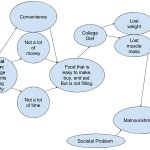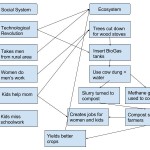- Take your hometown and explain the biodiversity, or lack thereof, in that area. Or look at a place that you like to visit on vacation and do the same thing. If your vacation spot is too similar to your hometown, look at a place you would like to visit instead. (150-250 words)
Where I am from in Pottstown, Pa, it is not very biodiverse. At least nothing that is very interesting. My town is fairly simple. It features a mixture of different small ecosystems scattered throughout it. There’s rolling hills that feature some forests and creeks. The forests feature both coniferous and deciduous trees. The creeks and rivers feature frogs, minnows, and trout. Where there are not rolling hills, there are flat areas that are or used to be farmland. Like many other towns in the country, farms are disappearing and are quickly being turned into developed neighborhoods. The weather never gets too extreme, it is pretty balanced actually. The coldest it usually ever gets is 0 degrees Fahrenheit and the hottest will be 100 degrees. More homes are being developed in that area and that really affects the biodiversity and makes everything much less diverse. A lot of times I do like to go into uninhabited parts of woods or creeks and see how much different those areas are because they aren’t seen that much.
- Based on the case study of the Amazon Rainforest, make a diagram showing the changes in biodiversity with arrows.




